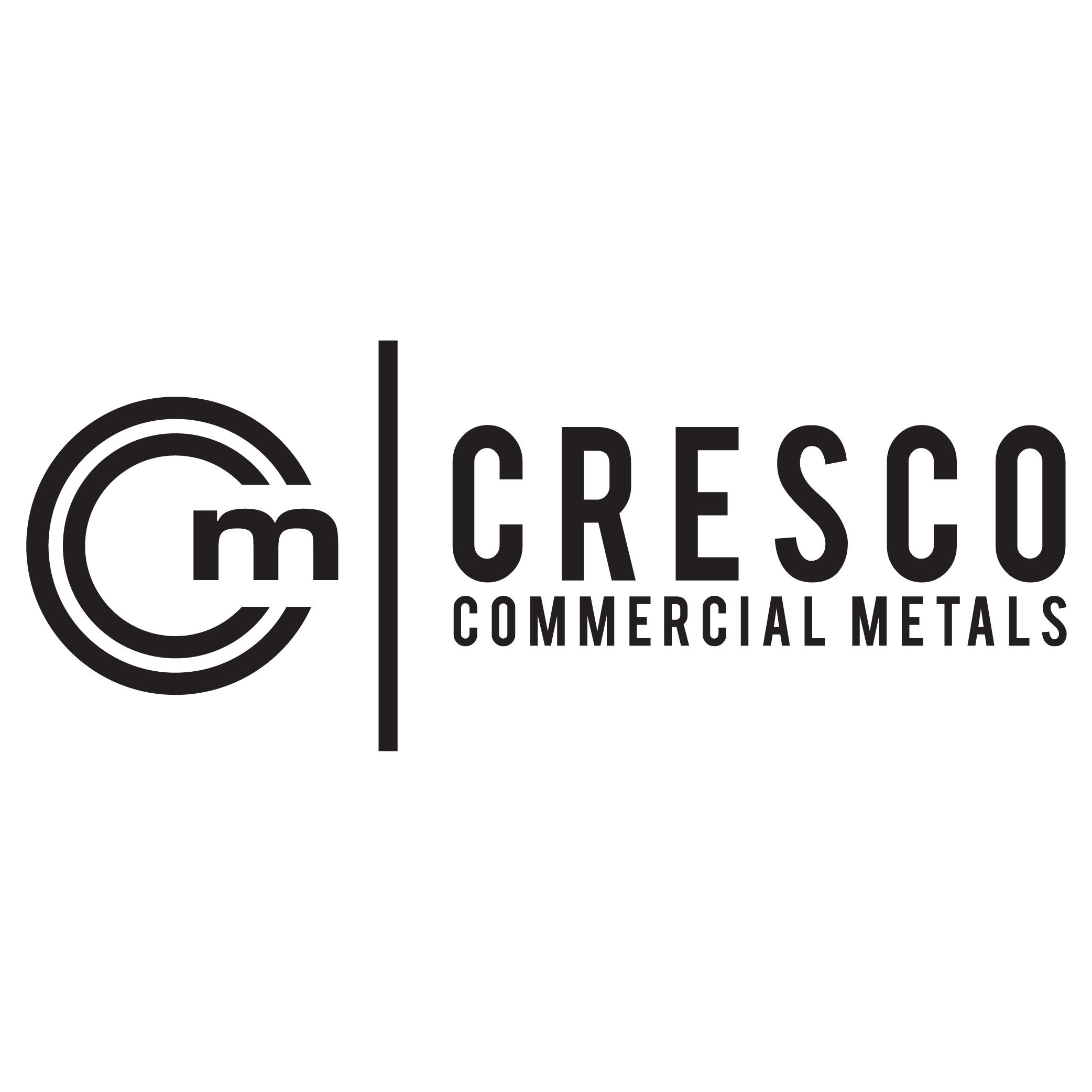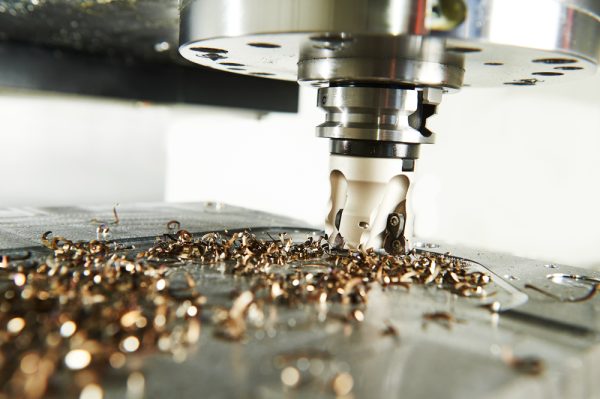Understanding the Distinction: Metal Milling vs. Metal Fabrication
In the world of manufacturing and metalworking, precision and methodology are essential. The most essential processes within this sector are metal milling and metal fabrication. Despite their critical role in creating metal parts and components, there often needs to be more clarity about what each process entails and how they differ. This blog aims to demystify these processes, focusing on their definitions, applications, and the unique benefits they bring to the table. By targeting the primary keywords milling of metal and “Metal Fabrication,” we’ll explore each method’s nuances and help you understand which process might suit your project needs.
What is Milling?
Metal milling is a subtractive manufacturing process that involves removing material from a workpiece to create a desired shape and finish. This process is carried out by a milling machine, which uses a cutting tool to remove metal. The cutting tool rotates quickly, cutting through the metal with precision and accuracy. Metal milling is highly versatile and can create many parts and components with complex geometries.
Types of Milling of Metal
- Vertical Milling: The spindle axis is vertically oriented, allowing the cutting tool to plunge directly into the material.
- Horizontal Milling: The spindle axis is horizontal, which is ideal for working on large or heavy parts.
- CNC Milling: Stands for Computer Numerical Control milling, where the milling operations are controlled by a computer, allowing for high precision and complex shapes.
What is Metal Fabrication?
Metal Fabrication, on the other hand, is a broad term encompassing various processes used to shape, cut, and assemble metal parts. Unlike milling, which is primarily concerned with removing material, metal fabrication involves adding or combining materials to create a final product. Processes under metal fabrication include welding, bending, cutting, and assembling. Metal fabrication is crucial in creating structural frames, machinery components, and everyday metal products.
Key Processes in Metal Fabrication
- Cutting: Dividing metal materials into smaller sections or removing parts to shape the metal.
- Welding: Combining two pieces of metal using heat, pressure, or both.
- Bending: Deforming metal into a particular shape, such as angles or curves, without removing material.
Key Differences Between Milling and Metal Fabrication
While both milling of metal and metal fabrication play vital roles in the manufacturing industry, their approaches and outcomes differ significantly.
- Process Nature: Milling is a subtractive process (material is removed), while fabrication involves both subtractive (cutting) and formative (bending, assembling) processes.
- Precision and Complexity: Metal milling is typically used for parts requiring high precision and complex geometries. In contrast, metal fabrication can handle larger, simpler components and accommodate intricate designs through precise cutting and welding.
- Materials and Thickness: Milling can handle a wide range of materials, including hard-to-cut or shape metals. Fabrication processes like welding and bending may be limited by the material’s properties and thickness.
- Production Volume: CNC milling is well-suited for both one-off prototypes and high-volume production. Metal fabrication’s flexibility makes it ideal for custom projects, although modern techniques have also made it viable for mass production.
Choosing Between Milling of metal and Metal Fabrication
The choice between milling of metal and metal fabrication ultimately depends on your project’s specific requirements:
- Design Complexity: Opt for milling if your design involves intricate details or requires high precision.
- Material Properties: Consider the type and thickness of the metal when deciding between fabrication methods.
- Volume and Budget: Evaluate the cost-effectiveness of each method based on the production volume and budget constraints.
Both are unique
Both milling and metal fabrication are indispensable in the manufacturing and metalworking industries. By understanding the differences between these processes, businesses and engineers can better decide which method aligns with their project’s needs, ensuring efficiency, quality, and cost-effectiveness. Whether your project requires the detailed precision of metal milling or the versatility of metal fabrication, each process offers unique advantages that can contribute to successfully realizing your vision.
Consult with experts from Cresco
Consult with Cresco’s experts today. Call us at 714-525-2326 or visit our website to understand the procedure of metal milling from an expert’s perspective.


